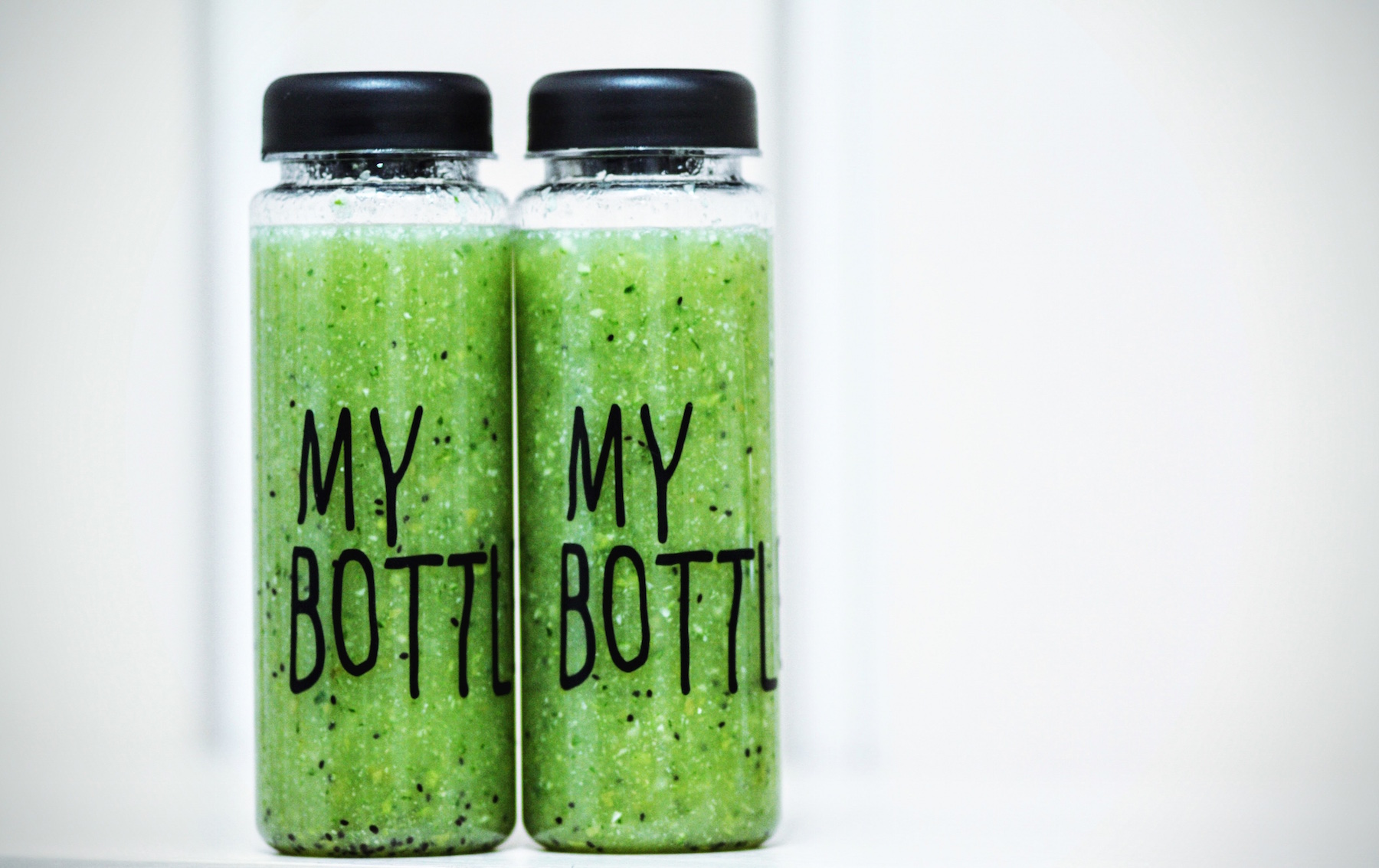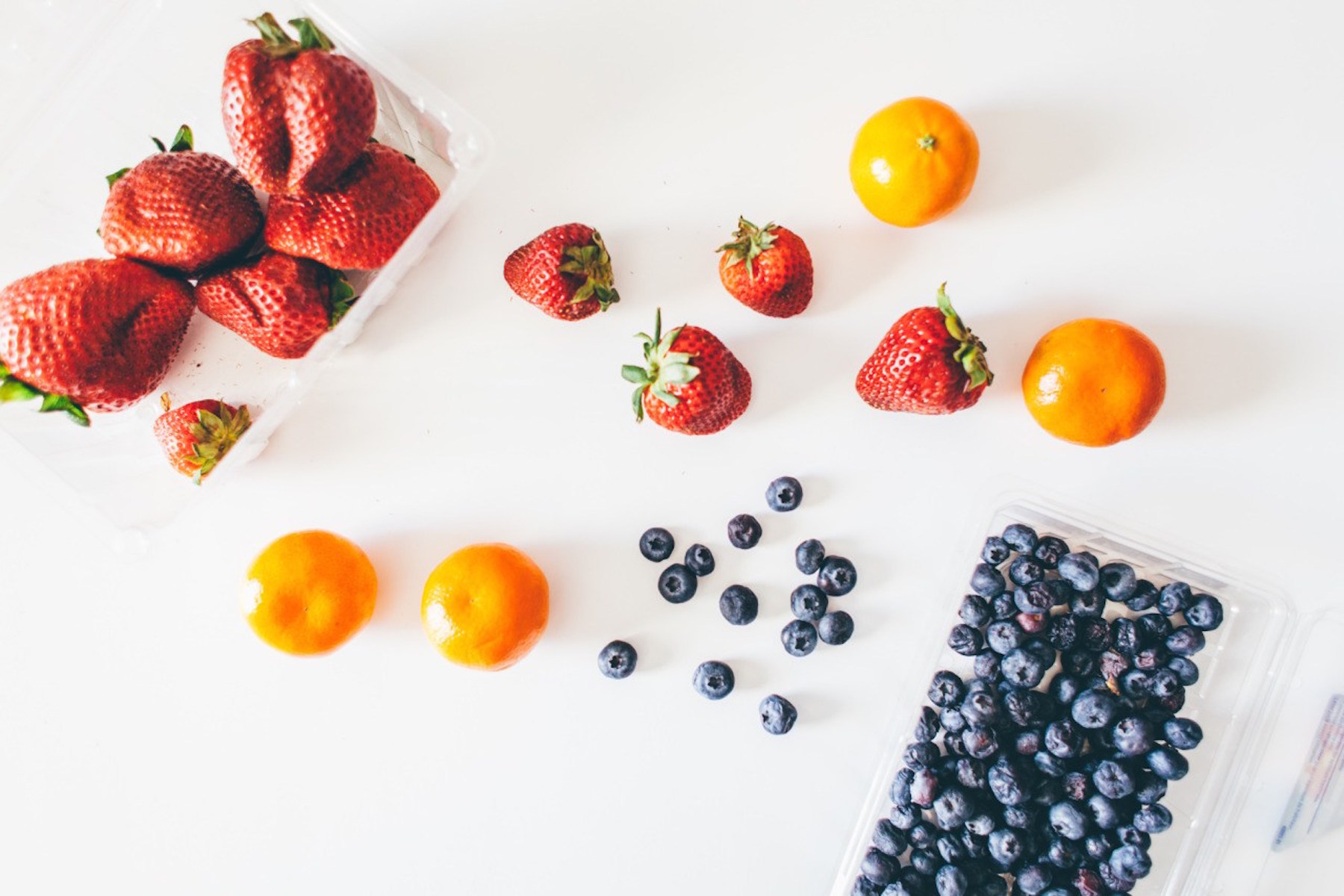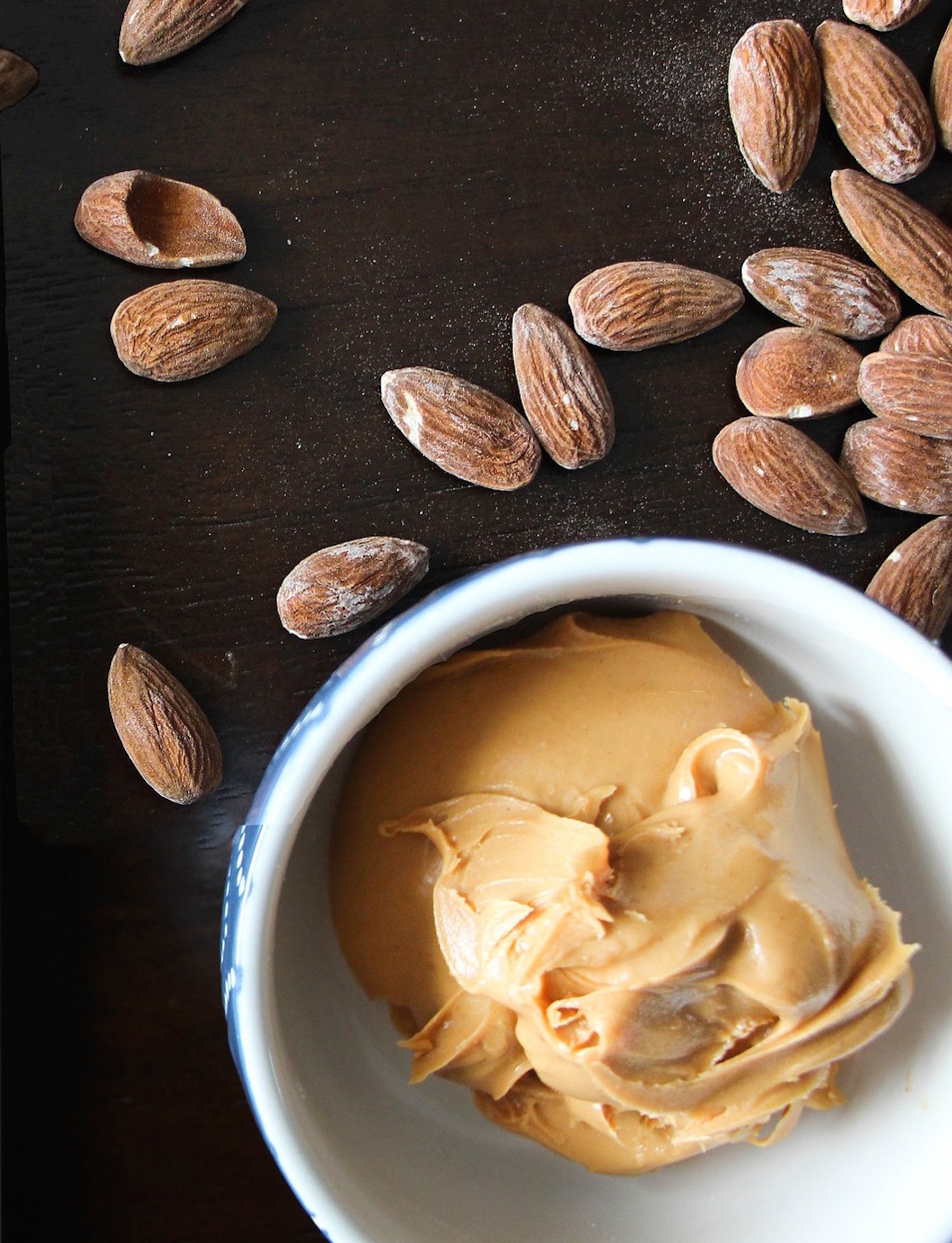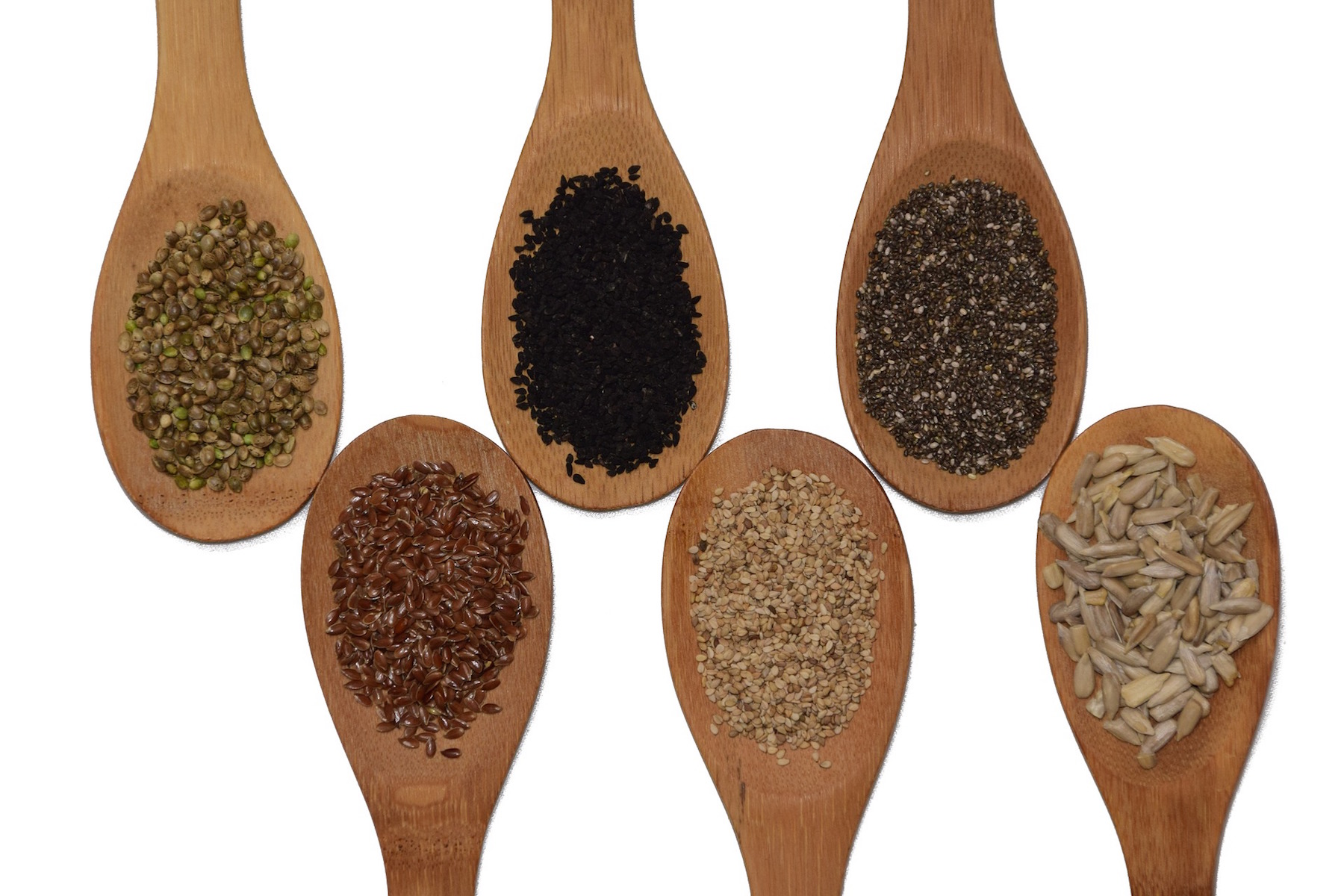It’s hard to start a healthy life makeover without naturally gravitating towards adding smoothies into your routine.
Easy, tasty, portable, and infinite in possibilities, the smoothie has a well-deserved pedestal in sits on in healthy-living circles.
But not all smoothies are created equal. In fact…
Adding or omitting certain types of ingredients can either up-level your liquid meal’s nutrition factor exponentially on the one hand, or turn it into a diet trap on the other hand.
Here are my recommendation for building a balanced smoothie and netting the full nutritional benefits of this simple meal-in-a-glass.

MIND YOUR BASE
Steer clear of using juice as your smoothie base. The fruit you add will have plenty of natural sugar in and of itself; adding juice on top of it will result in too much fructose overloading your system and consequently converting to fat.
Plus, I advocate steering clear of most carbohydrates (except some low-sugar fruit) until mid-day. This form of intermittent fasting will allow your body to fully process the carbohydrates from the day before and dip into burning fat as fuel for the morning hours.
So if you’re turning to smoothies for breakfast, especially, you’ll want to be aware of making it lower-carb.
Here are some of the yummy smoothie bases I recommend instead:
- Unsweetened nut milk
- Coffee (regular or decaf, depending on the time of day)
- Green tea
- Coconut water (this, too, has a moderate amount of natural sugar, albeit less than juice-so I’d recommend this more for afternoon smoothies)

ADD YOUR CORE INGREDIENTS
For most people, this will involve fruit. While fruit is a fantastic and critical source of phytonutrients, you also want to be mindful of not overdoing it at once with higher-sugar fruits.
If my smoothie needs additional sweetness, I’ll add half a banana. Low-sugar fruits that work well for smoothies include the following:
- Berries
- “Summer Fruits”–peaches, melons, nectarines, and apricots
- Apples, pears, and citrus have a big more sugar, so you may only want to use 1/2 piece of these types of fruit
WHAT ABOUT GOING GREEN?
Either you love green smoothies or you can’t even.
If you don’t mind a bright green hue, adding 1 cup of spinach, chard, kale, or other green vegetables is a way to up the nutritional ante of your smoothie like mad.
Can’t seem to keep fresh greens on hand? Green superfood blends can be a great greens replacement OR supplement to the greens you’re already including.
Look for whole-food derived, cold-pressed blends like Organifi.
If you just can’t go there, try starting with microgreens instead. The nutritional wallop that these cute little plants dole out is more highly concentrated than in mature greens, so you can use less of them (thus, not interfering with the color of your smoothie).
Other non-green vegetables that go well with smoothies are orange-colored veggies like squash, sweet potatoes, and pumpkin. Try them with Chai-inspired spices and vanilla protein powder.
DON’T FORGET PROTEIN
In my opinion, a smoothie without a protein source is incomplete.
Adding protein is what turns a snack into a meal.
Whey proteins tend to be highly processed and can be difficult to digest.
I prefer vegan protein powders like Vega Greens and Protein or Garden of Life RAW.
Unsweetened Greek yogurt can also be a great protein source–just make sure it’s unflavored and has no added sugar.

HEALTHY FATS
Healthy fats are critical for proper brain function, weight-loss, and mood. Try one of the following for extra texture, flavor, and satiety:
- Nut butter
- Coconut oil
- Avocado
- MCT oil
TOP IT OFF
You’ve now got a filling, nourishing little cup of energy swirling up.
But why stop here? There are loads of add-in’s that can pack in not only additional flavor, but big blasts of nutritional oomph, like these:
- Chia seeds
- Flax meal
- Maca powder
- Cocoa or cacao powder
- Collagen powder
- Green superfoods blend (mentioned above)
- Unsweetened shaved coconut
- Cinnamon
- Vanilla

BUT DON’T BURN OUT
Some people can drink a smoothie for breakfast every day of their lives.
I won’t lie. I can drink a smoothie for my morning meal in the summer months, but the rest of the time I like something more substantial.
Fortunately, there are plenty of chewable high-protein, low-carb breakfast options for when you just can’t sip another smoothie.
Snag a month’s worth of make-ahead healthy breakfast recipes with my Breakfast Recipe Guide below!




